35 vintage photos show what life was like for women 100 years ago
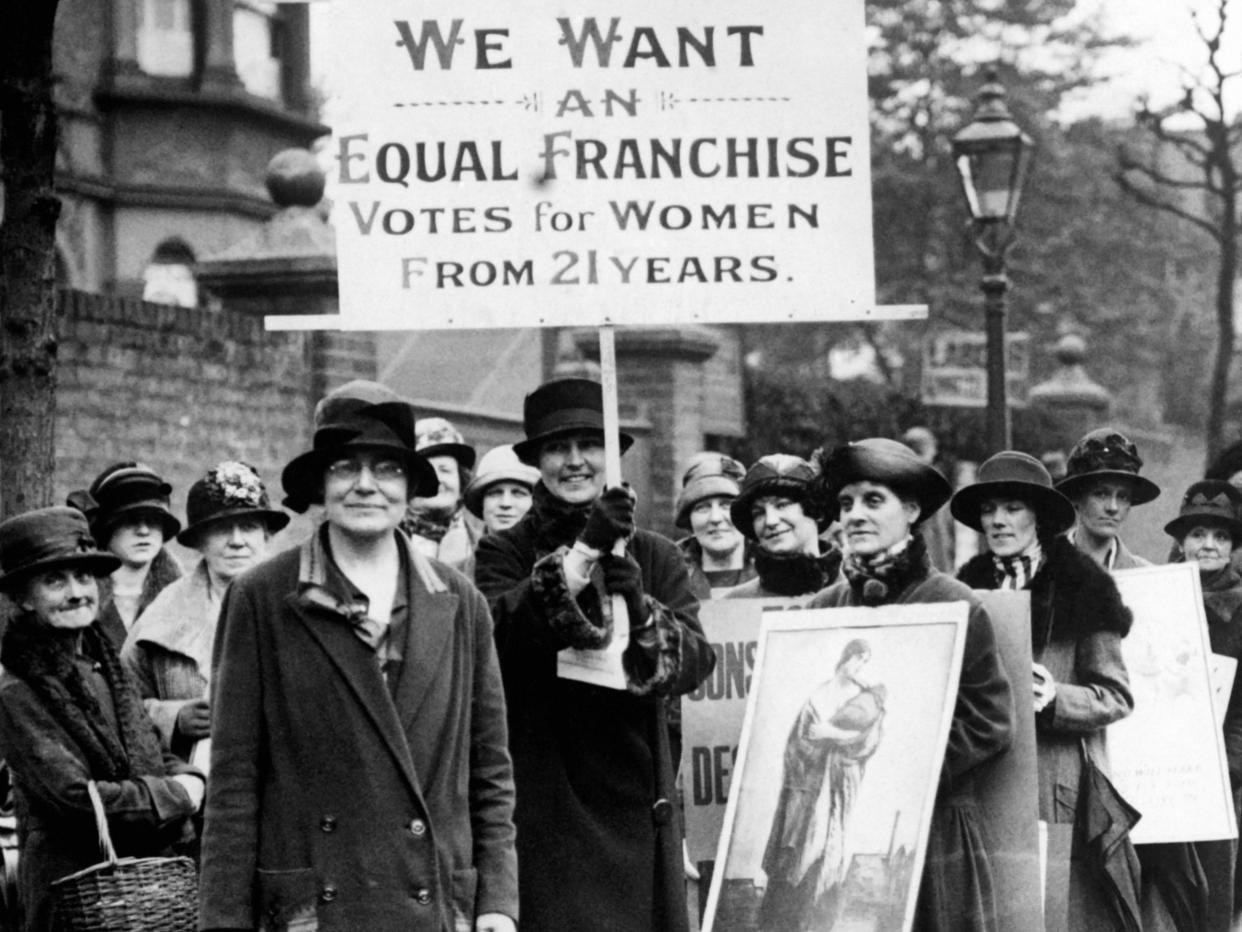
In the 1920s, some women's lives radically changed through the introduction of new rights and jobs.
The change was reflected in fashion, which highlighted loose, shorter-hemmed skirts and dresses.
The 19th Amendment was ratified in August 1920 and some women voted in the November 1920 election.
The 1920s saw huge changes for women. It was the first decade in which their abilities outside the home were truly recognized.
World War I saw women flocking to work, taking over the jobs of men who had gone to war. They showed they could do the same jobs as men, and ideas about their inability to handle heavy machinery were proven wrong. They had moved from domestic child-rearers to working women, their hands busy in factories worldwide.
Women's clothing also represented a massive change in their societal roles. No longer constricted by tight corsets and large, frilly skirts, the style of the 1920s woman was loose and comfortable.
The right to vote solidified some women's new position in society - however, it would still be decades before all women could vote.
This Women's History Month, take a look at the photos that show what life was like for the 1920s woman.
The 19th Amendment, which gave women the right to vote, was passed nearly 100 years ago - although it would be many decades before all women could vote.
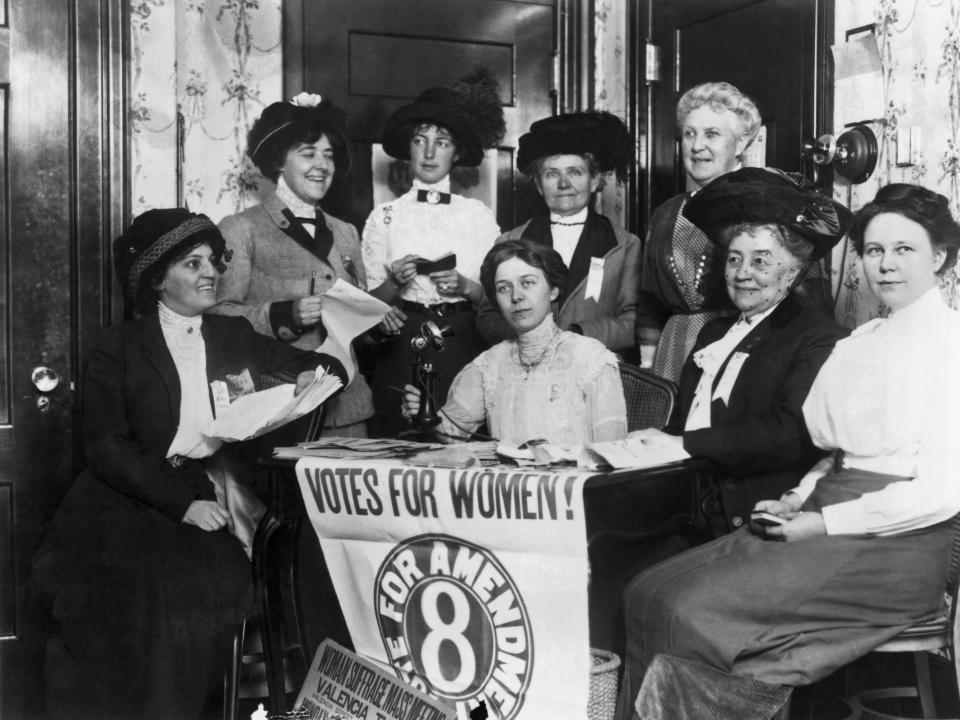
The women's rights movement reached a national scale after the 1848 Seneca Falls Convention, in which leaders Elizabeth Cady Stanton and Lucretia Mott spoke on the need for women's suffrage.
When the 19th Amendment was ratified in August 1920, it largely benefited white women.
Voter intimidation and discriminatory policies kept many Black women from the polls. The government also often denied Native American and Asian-American women citizenship, so they were also unable to vote. It wasn't until the Voting Rights Act of 1965 and voting rights amendments in 1975 that some Black women and other women of color were finally able to cast their ballots.
The 19th Amendment's passage was the result of nearly 100 years of protests.

Women protested for their right to vote for nearly a century before the amendment was finally passed in 1920.
Those who protested faced arrest, jail time, and harassment in their efforts to secure women's rights.
These were some of the first women to cast their ballots, just a few months after it became legal in 1920.
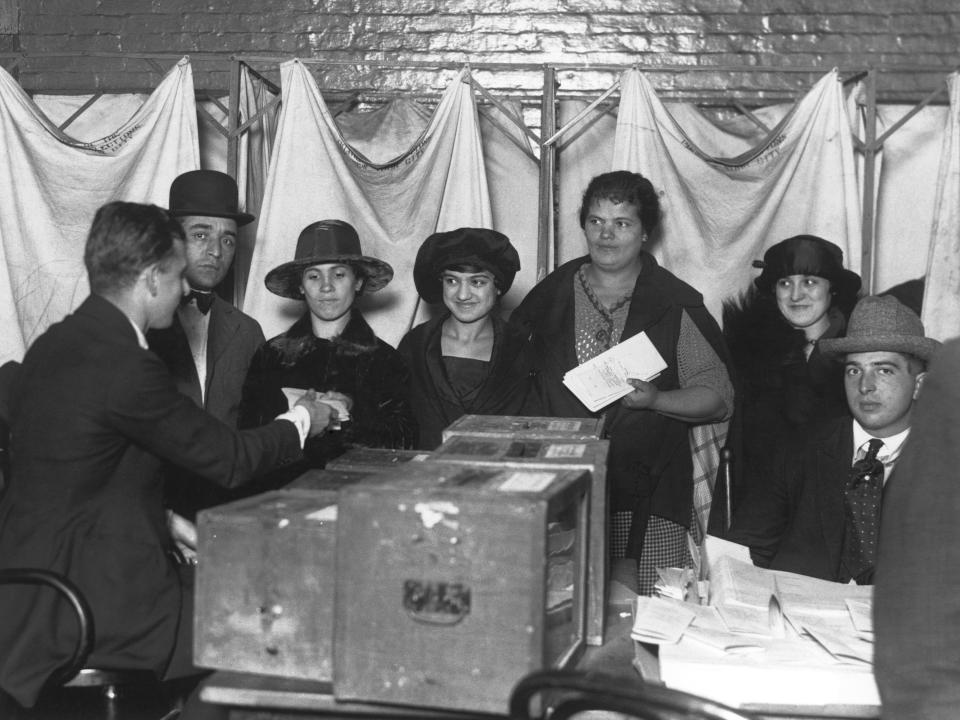
They voted in the election for either Warren G. Harding and Calvin Coolidge on the Republican ticket or James Cox and Franklin Delano Roosevelt on the Democratic ticket. Harding won by a landslide and became president in 1921.
Women in London also protested for their right to vote.
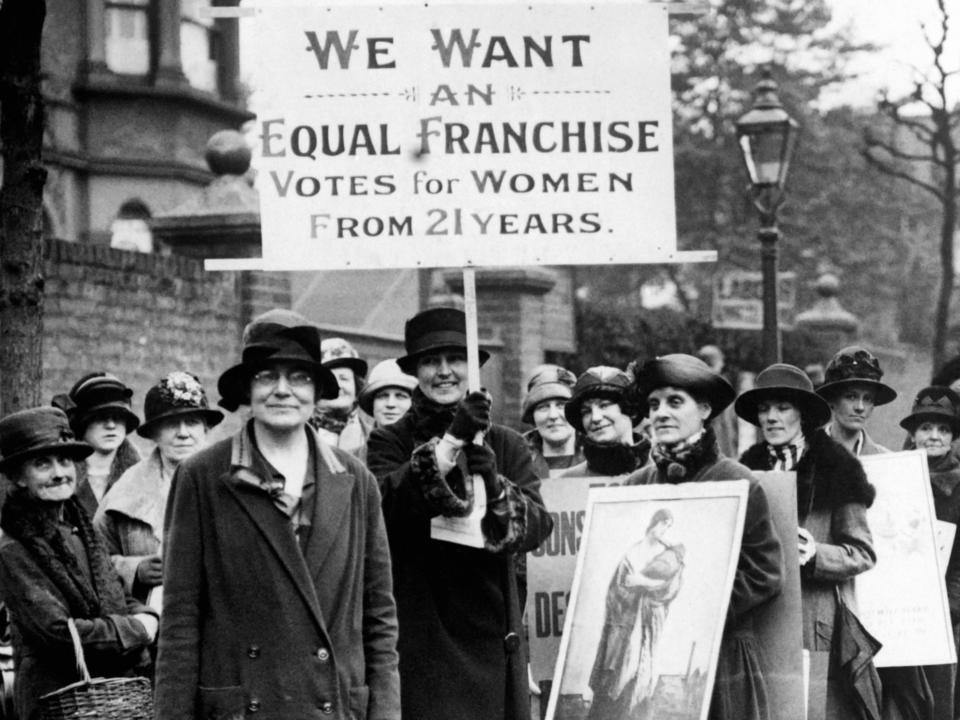
Women's suffrage in Great Britain was put into law differently than in the United States. The country saw two stages of granting women the right to vote: the 1918 declaration of suffrage for women, and then the declaration of full suffrage for women in 1928.
The 1918 declaration was highly exclusionary, only allowing women over the age of 30 who were married to members of their local government register.
It was only in 1928 that women were granted equal voting rights to men, allowing women over the age of 21 to cast a ballot.
Women both supported and protested Prohibition 100 years ago.
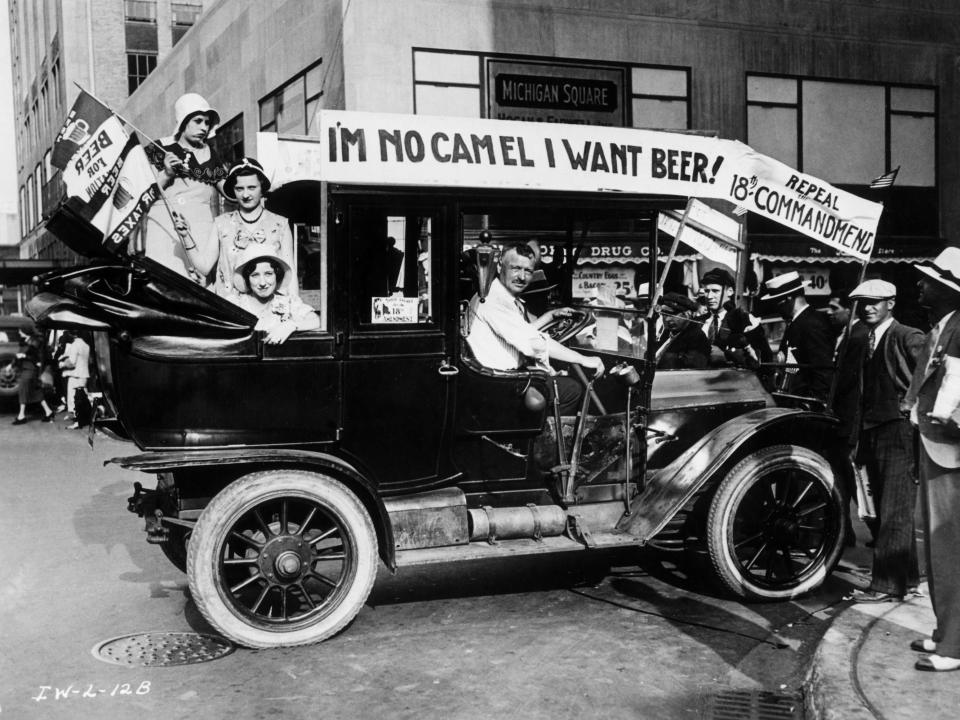
Though the Women's Christian Temperance Union was behind the movement that sparked Prohibition, there were also women against the alcohol ban. Female bootleggers were often far more successful than men at the time, since it was illegal for male police officers to search women.
Women had been working members of society for years.

Georgia Ann Hill Robinson was the first Black female police officer appointed to the Los Angeles Police Department, and possibly the country, in 1916. She worked for the LAPD for 12 years, and fought against segregation and for women's welfare.
Many women took jobs as switchboard operators, answering telephones and connecting calls.

Before the job became popular for women, teenage boys worked as the first switchboard operators. However, they reportedly proved to be too rude and unruly, and bosses brought in women instead, believing them to be naturally more polite and soft-spoken.
Other women worked in manufacturing jobs, like at this tennis ball factory.
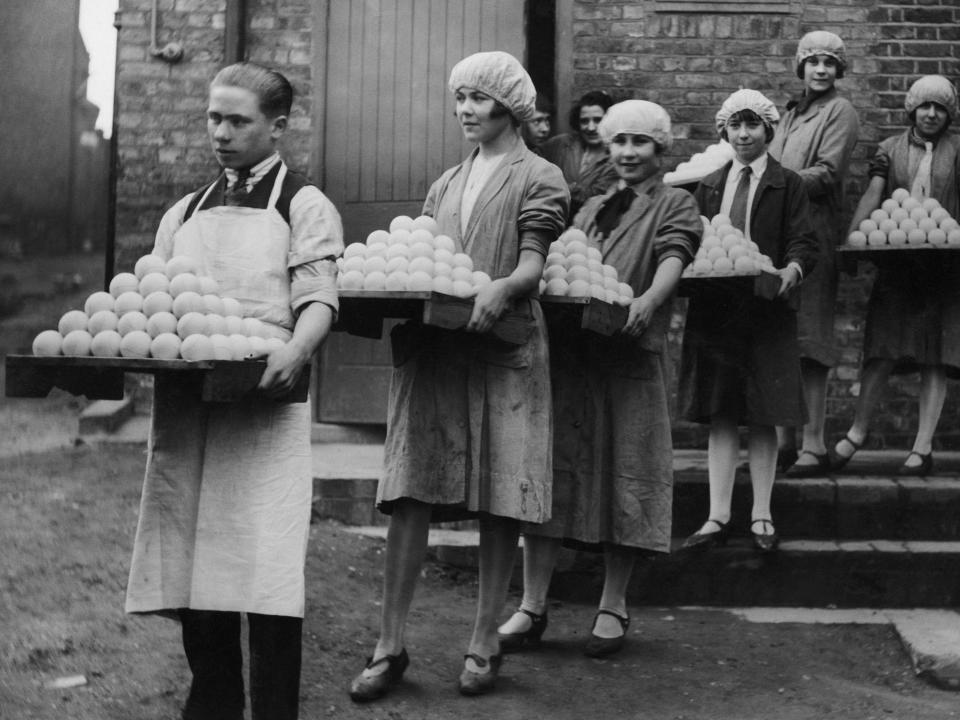
World War I saw the first time that factory jobs, previously viewed as male positions, were taken over by women in the US. They shared the same risks as male employees and did the same work, further illustrating that women could accomplish the same things as men.
This woman also worked in manufacturing, at a milk bottling plant.
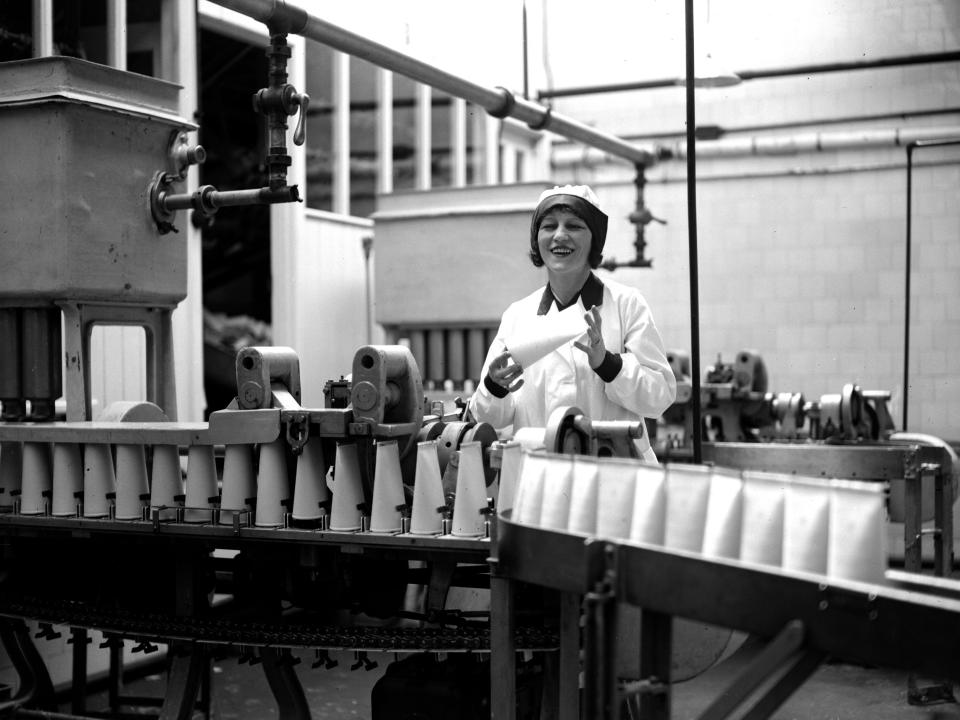
Women began doing all sorts of jobs in the 1920s. They ran drill presses, did welding, operated cranes, used screw machines, and many other jobs that required heavy machinery.
Factory work was often long and tedious, requiring workers to do the same task all day, every day.
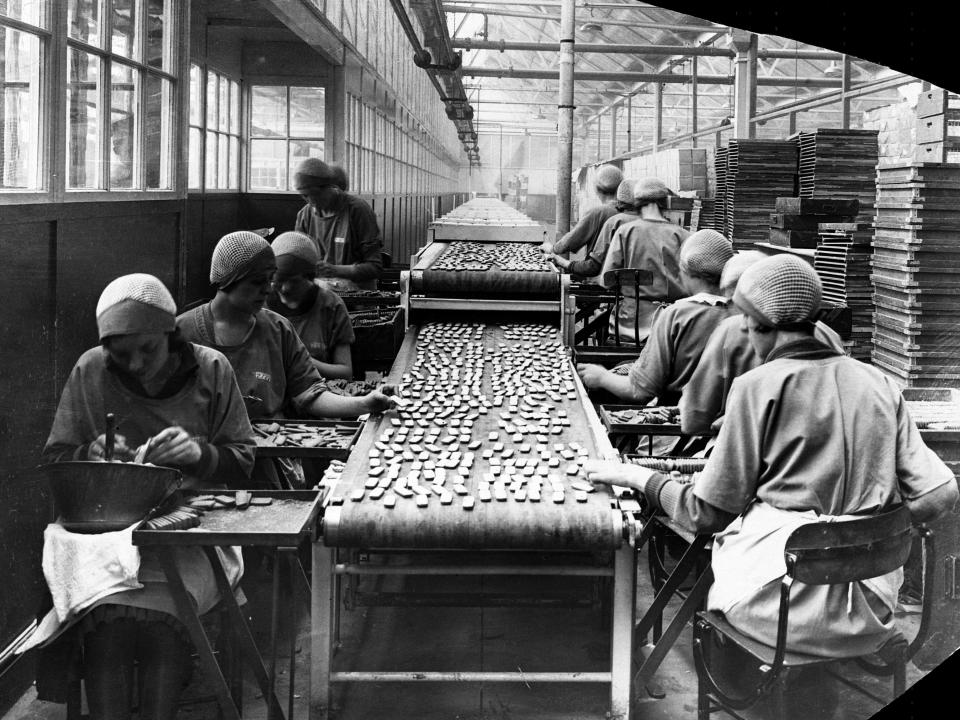
These women spent their days icing cookies at a factory in Liverpool, England.
Life on the farm was difficult for women, too.
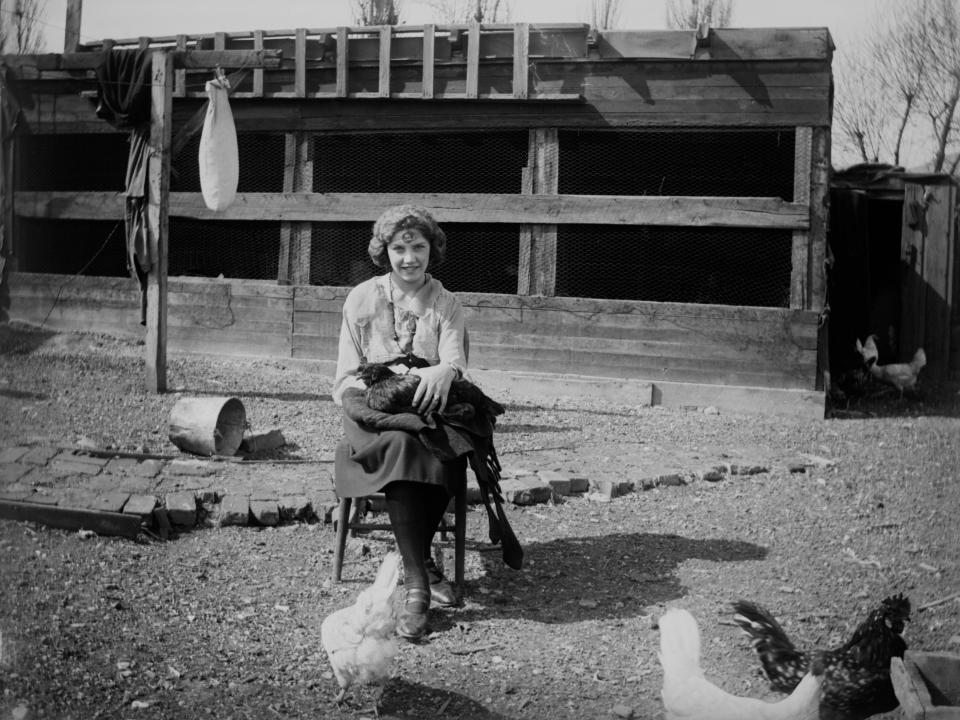
In the 1920s, farms still didn't have electricity, plumbing, or heating and cooling. Despite the hardship, families in the Midwest focused on growing fruits and vegetables, while also producing eggs and meat.
Though slavery was abolished in 1865, Black women were still not afforded many of the same opportunities as white women.
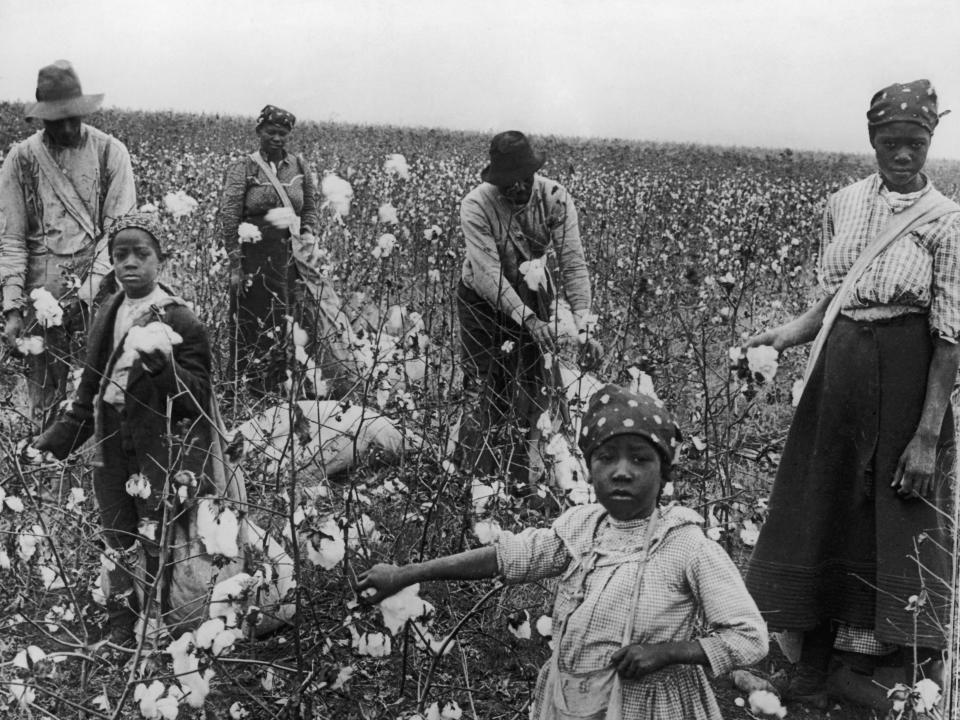
As pictured above, many Black women in the South worked picking cotton to make ends meet.
A study indicated that two in three Black women from Black landowning families were involved in cotton farming in the 1920s.
The 1920s were a part of the segregation era in the South, in which Black women faced discrimination at work.
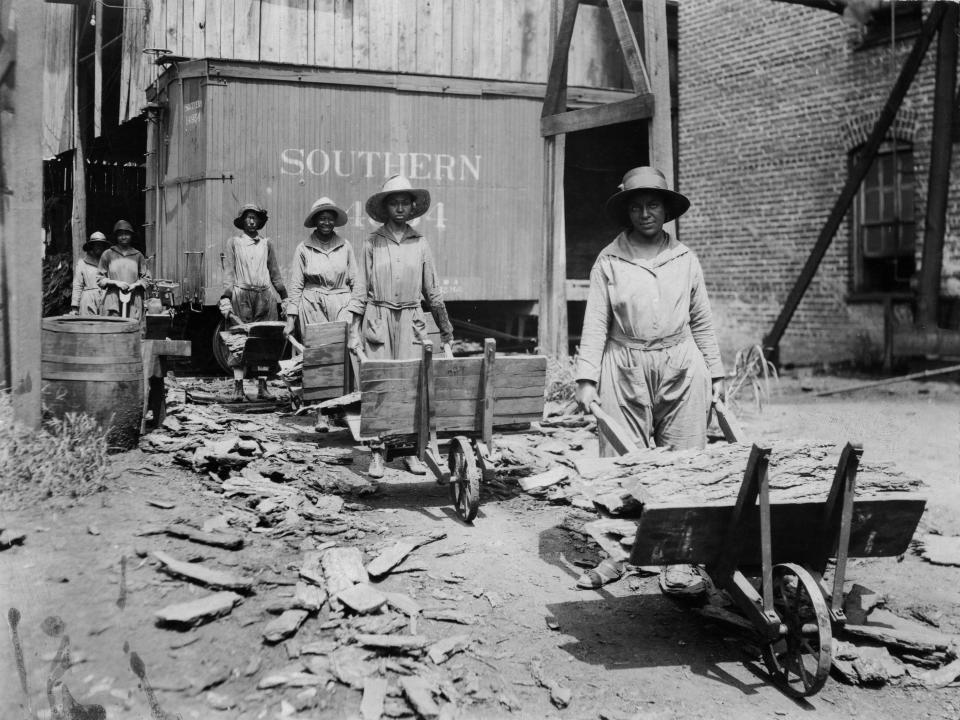
The segregation era lasted from 1900-1930 and meant that in some cases, Black women were barred from working in the same jobs as white women, like these construction workers pictured above.
Other working women included the Black Cross Nurses, established in 1920 and modeled after the Red Cross.
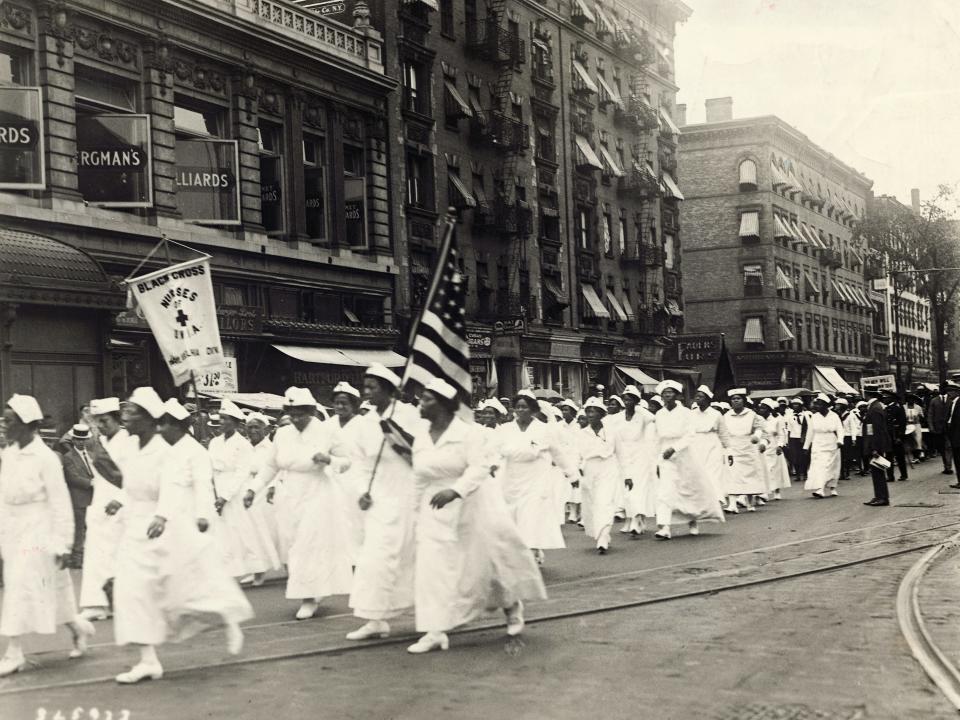
Henrietta Vinton Davis established the Black Cross Nurses in 1920 as a part of the Universal Negro Improvement Association and African Communities League. They offered health services and hygiene education to Black members of the community.
At the time, hardly any nursing programs would admit people of African descent and many health facilities provided unequal care to Black patrons, an issue that persists. The Black Cross Nurses became key figures for civil rights.
Meanwhile, women in Japan were also working in factories. Here they're seen protesting unfair working conditions.
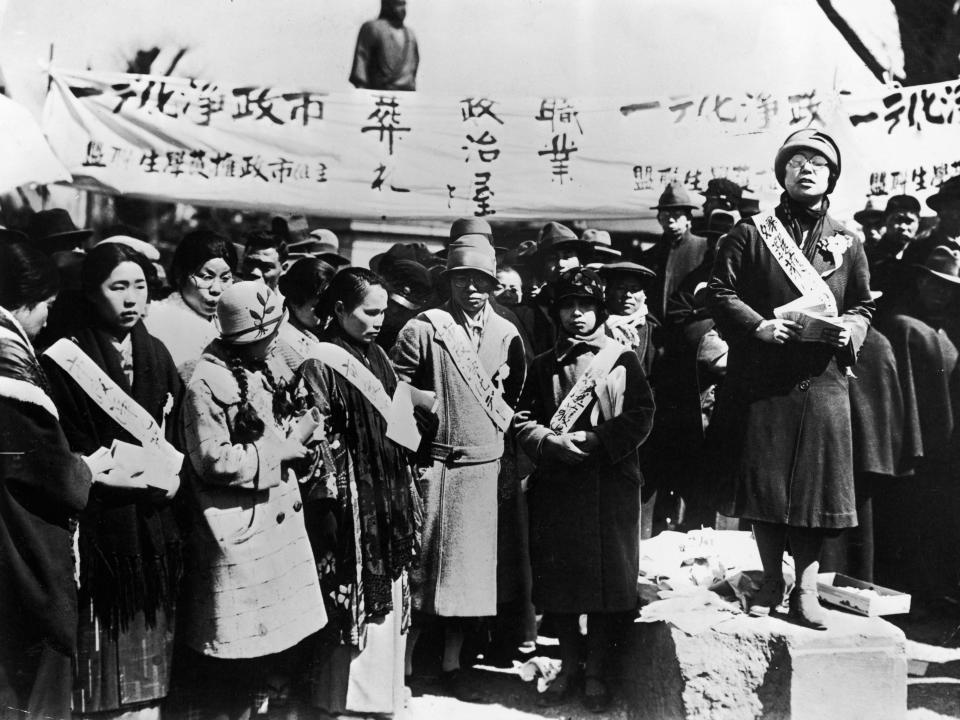
In 1918 and 1919, there was a surge in protests at textile mills in Japan, where women demanded shorter working hours and wage increases. They were receiving far less money than their male counterparts, and they were doing important work like constructing war uniforms, for which there was huge demand at the time.
Women began to take cooking positions outside the home.
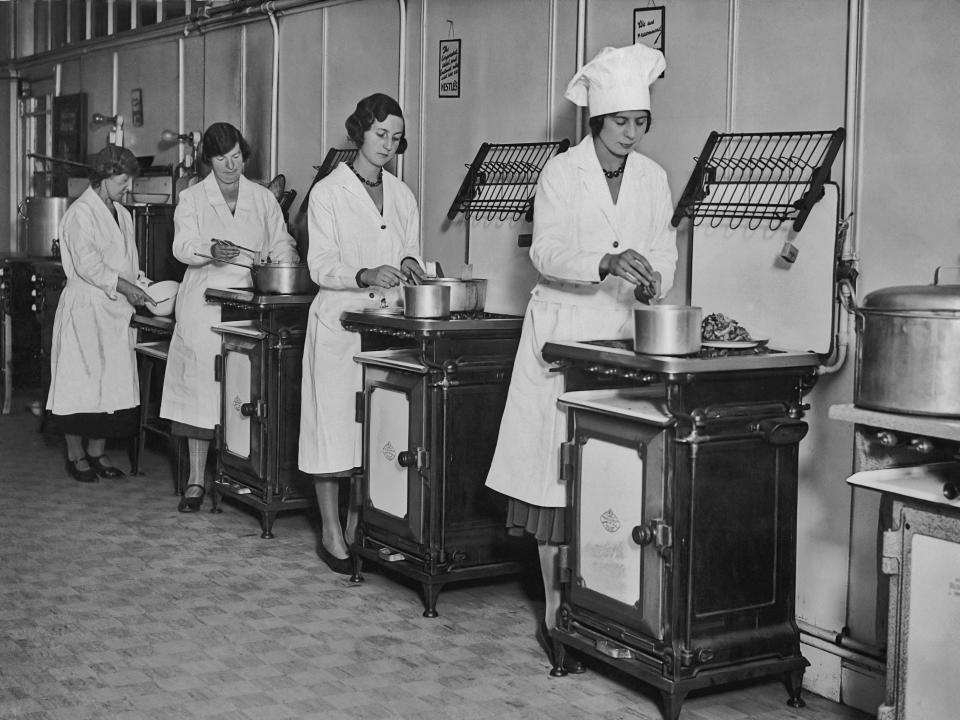
Though women were perceived as cooks, the role was relegated to the home, rather than a restaurant. However, the 1920s began to see women studying to be professional chefs.
Many women worked as homemakers. Their lives were slowly made easier by new technologies, like the dishwasher.
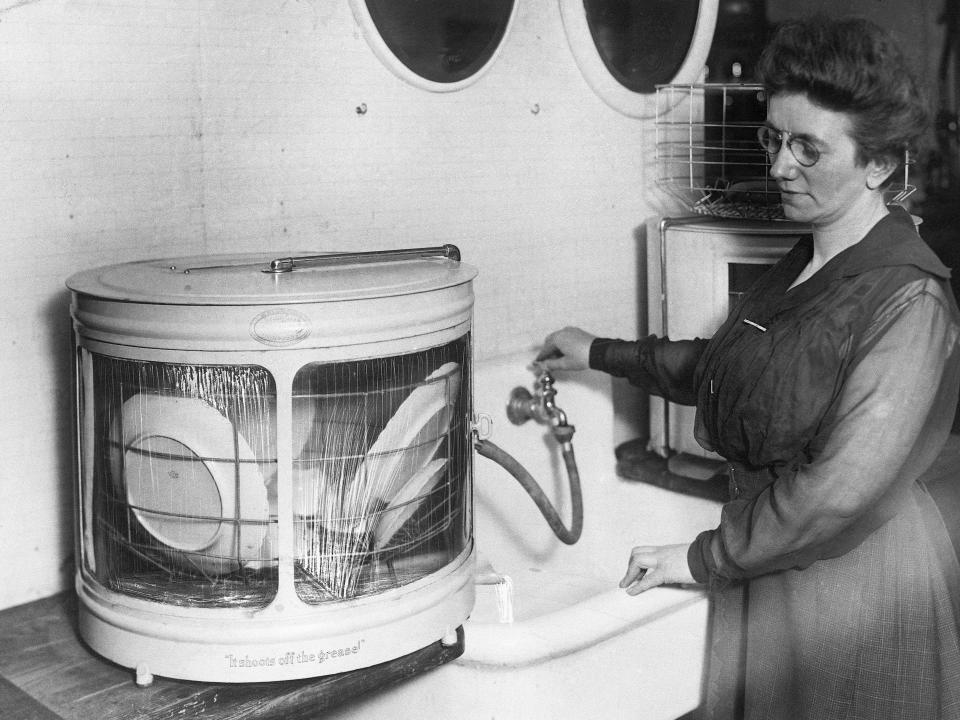
Though the first practical dishwasher was invented in 1886 by Josephine Cochrane, they did not become popular in homes until the 1920s.
The introduction of permanent plumbing in homes made machines like dishwashers possible, though they were expensive and only found in the homes of wealthy families.
Driving afforded women a freedom and mobility they hadn't before experienced.
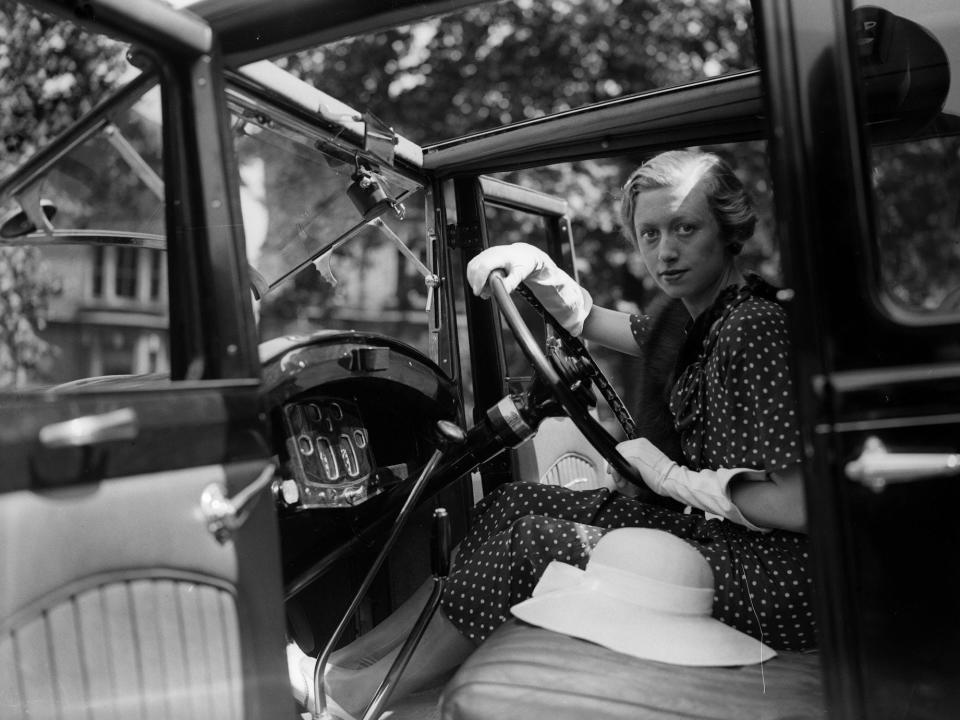
In 1909, 22-year-old Alice Ramsey (not pictured) became the first woman to drive across the continental United States, in part to prove that women were capable behind the wheel.
Though they worked hard, women 100 years ago also knew how to have fun.
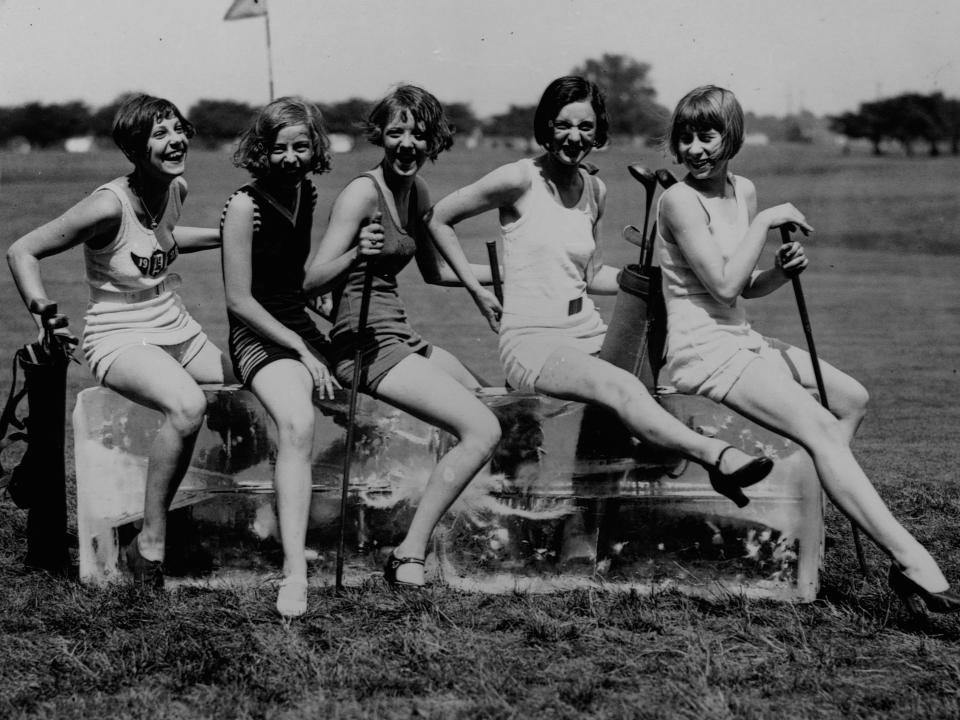
These women are seen cooling down on a block of ice on a hot summer day. Bikinis were not yet popularized, so these outfits were likely the most skin 1920s women would be seen showing.
Dancing was a popular pastime for adults and children alike.
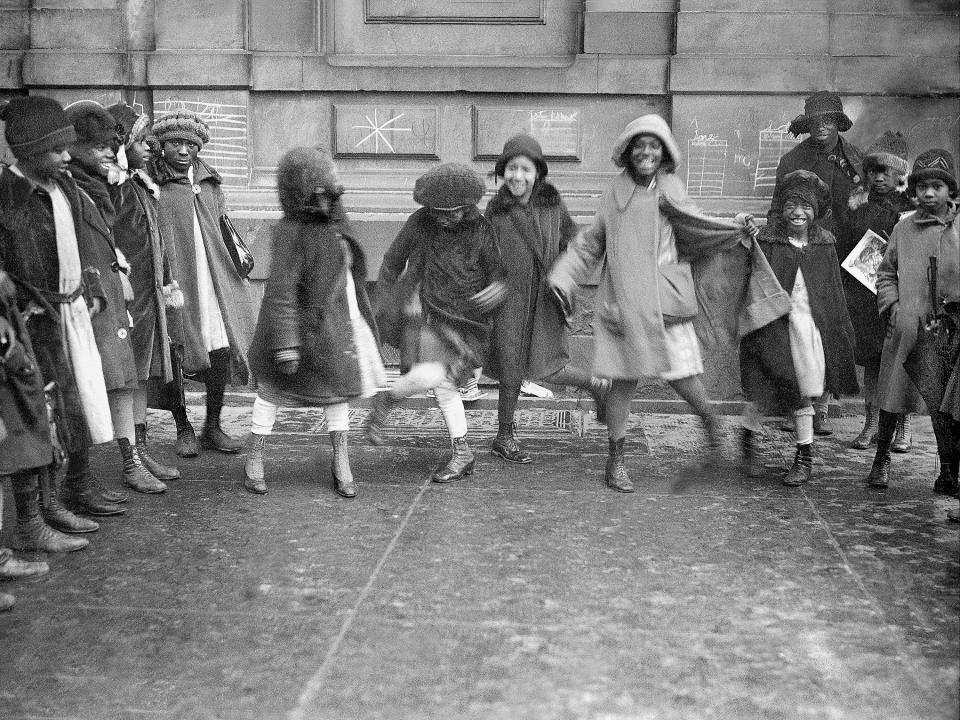
The 1920s was the first decade to see free and unbridled movement on the dance floor. Dances called the Charleston, the black bottom, and the shimmy were all highly popular.
Women who went dancing at late-night parties were referred to as "good time girls."
One of the most famous women 100 years ago was Josephine Baker, who was known for her singing and dancing.
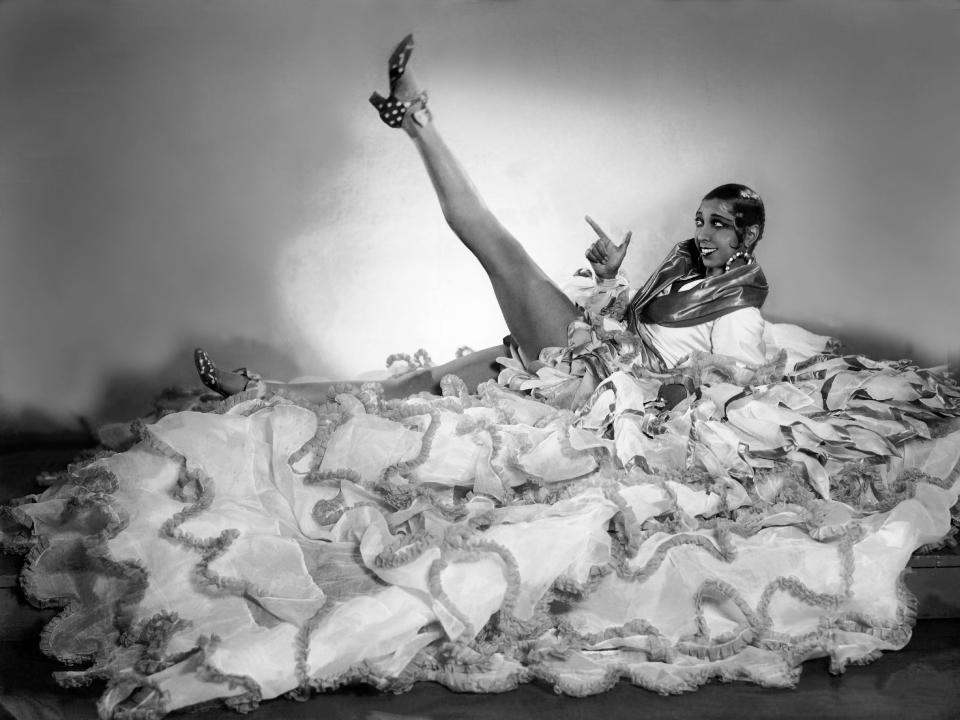
Baker first became known for her Vaudeville shows in the US, but she really became a star when she moved to Paris. Baker's shows became famous for her African-inspired dance moves, her singing, and her elaborate costumes.
Sporting outfits were definitely different from what we know today.
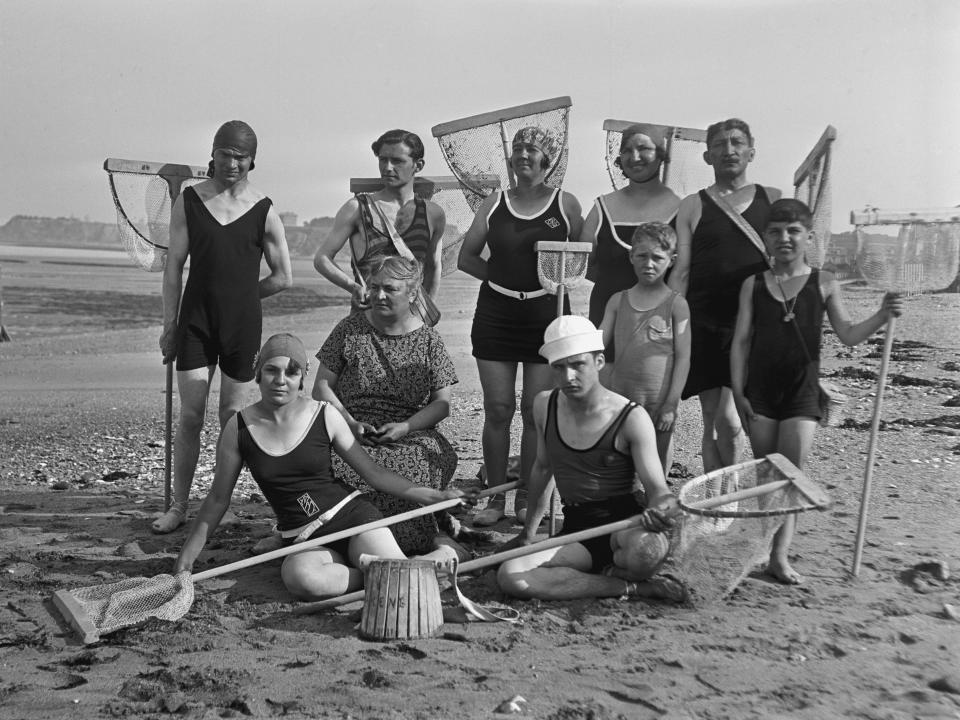
The first swimsuits were actually made of wool, as designers believed it would help keep swimmers warm in cold waters.
Their swimsuits were different, too, as seen worn by these women in the 1924 Miss Coney Island pageant.
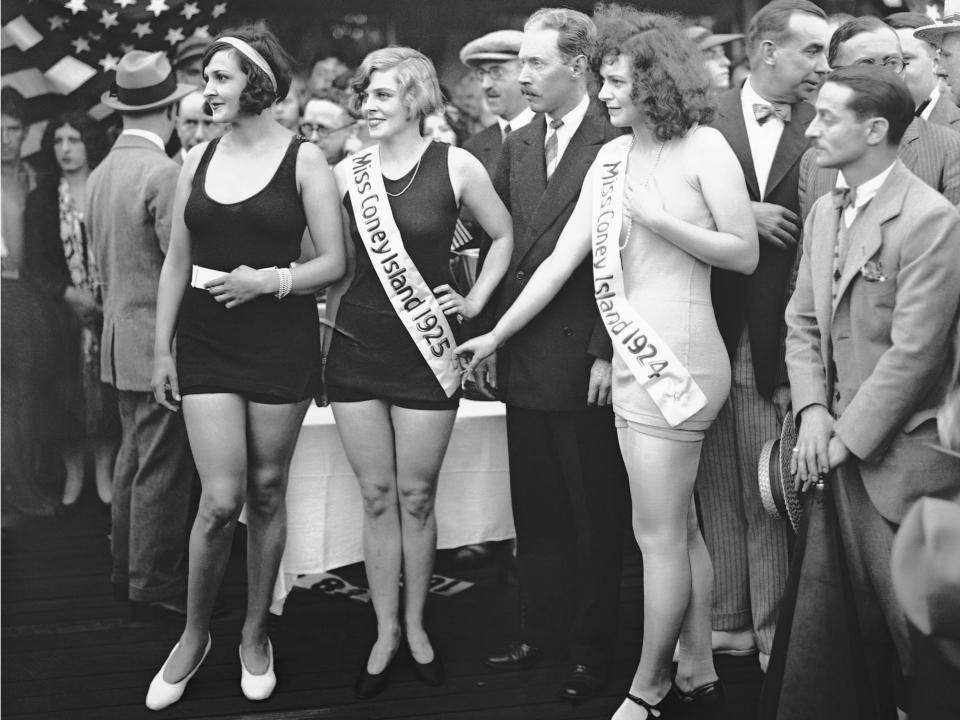
Jantzen was the first to create swimsuits out of a stretchy jersey material.
Not only were their swimsuits different, so were views on tanning.
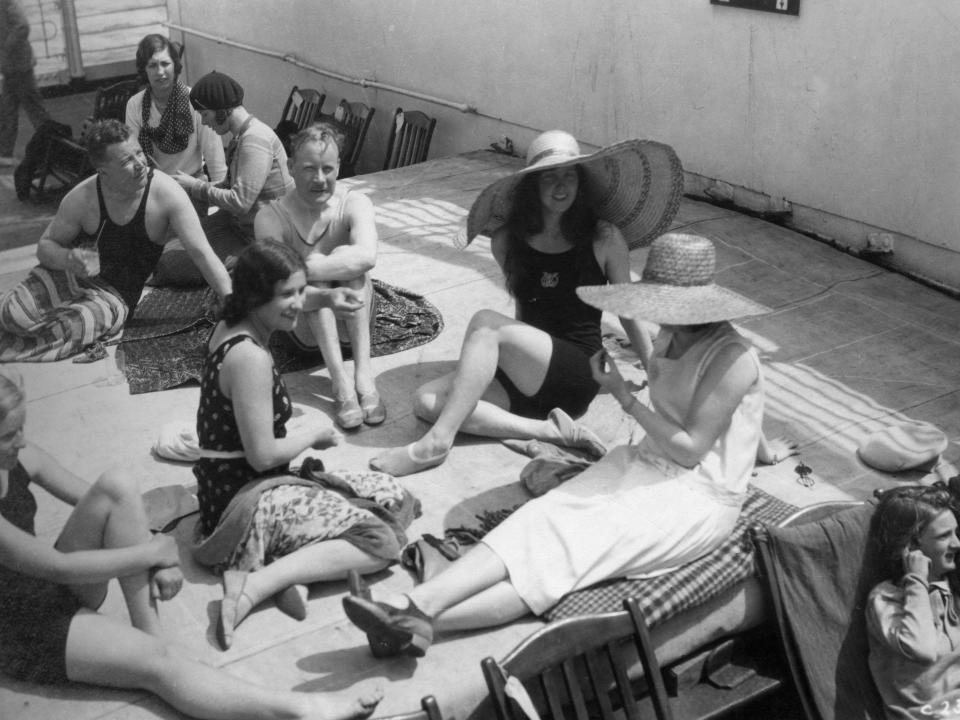
It wasn't until the 1920s that tanning became popular. Fashion designer Coco Chanel reportedly created the trend with a photo showing her stepping off a cruise ship in Cannes after too much sun. The image was in every paper and created a new standard of beauty.
Exercise was often a group event.
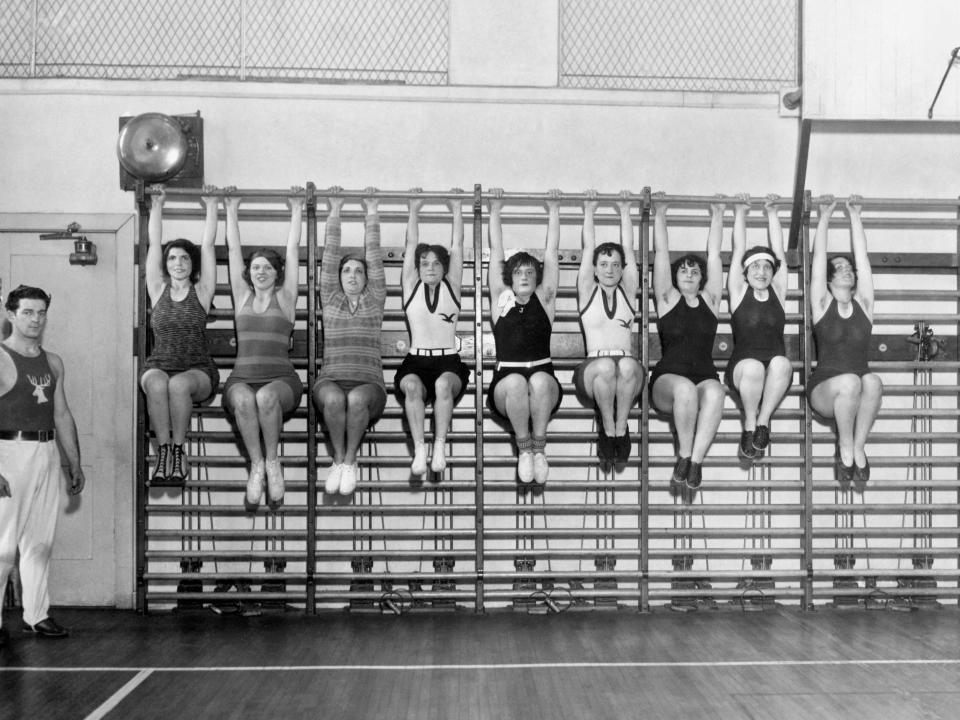
Stretching, rather than vigorous exercise, was viewed as the ideal method for women's bodies and health. Stationary bikes and rowing machines were also invented in the 1920s, along with the Vibro-Slim, a machine with a vibrating belt that was meant to reduce belly fat.
They also participated in exercise fads.
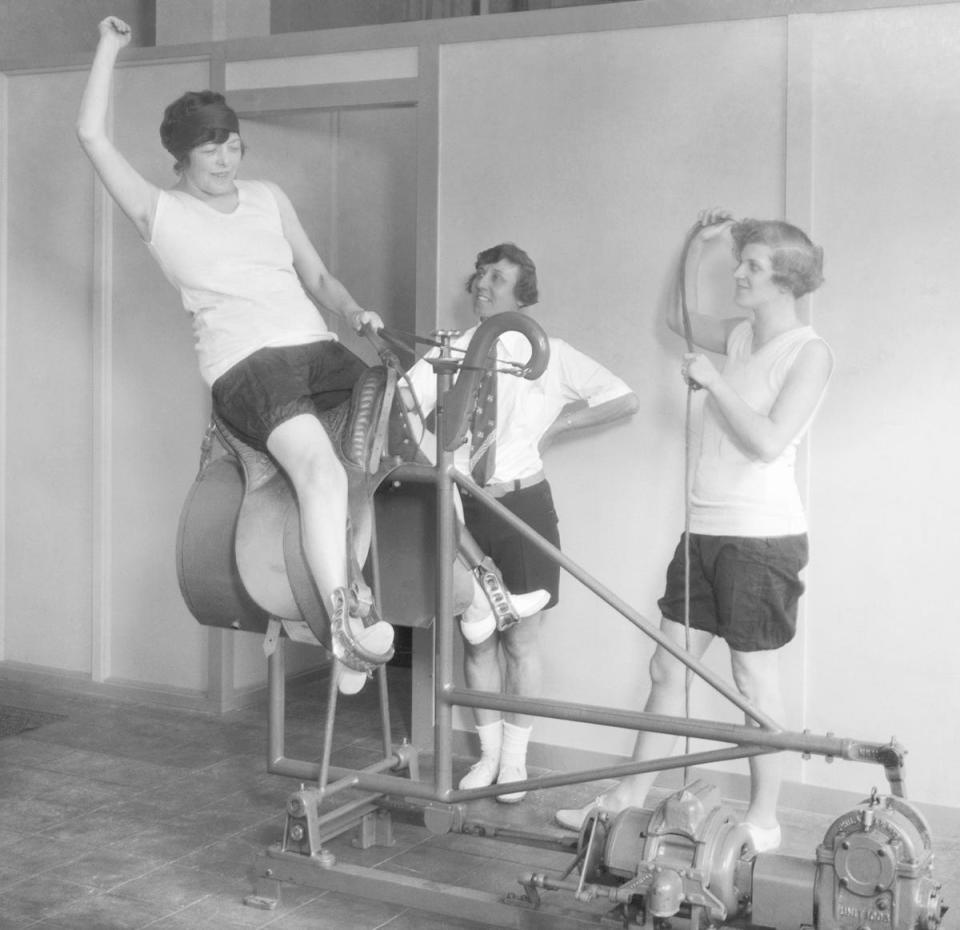
Before the mechanical bull became a fun attraction at a bar, it was invented to train rodeo competitors. In the 1920s, women realized it would help tone their abs and strengthen their core.
They even used very simple rowing machines to work out.
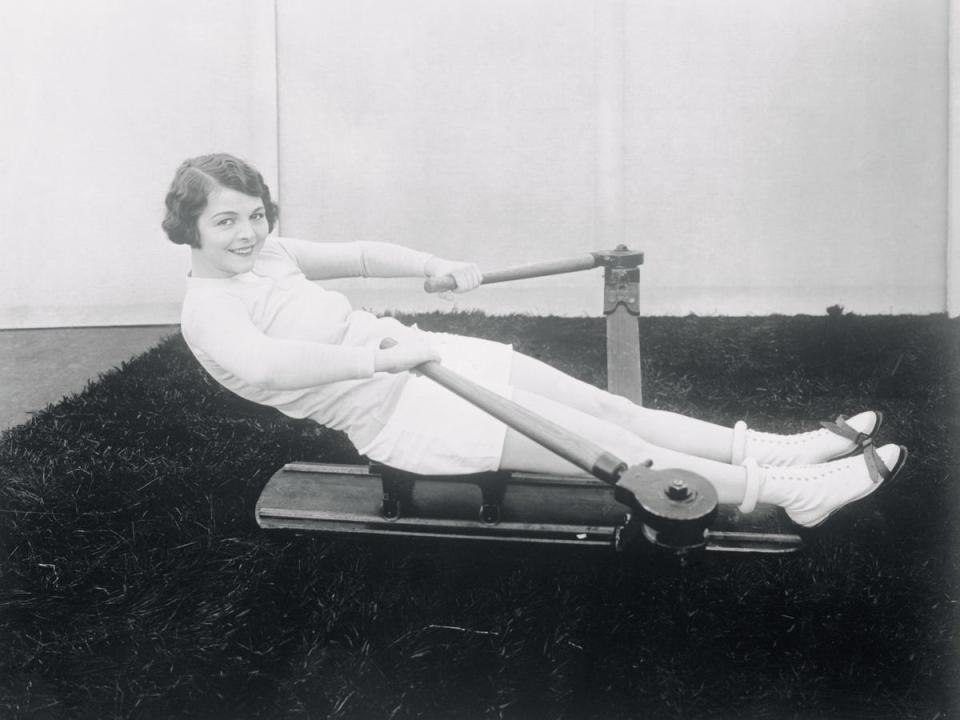
Here, movie star Helen Chadwick uses the rowing machine to stay fit.
There were female Olympians 100 years ago, but their uniforms looked quite different from the sleek outfits worn by today's athletes.
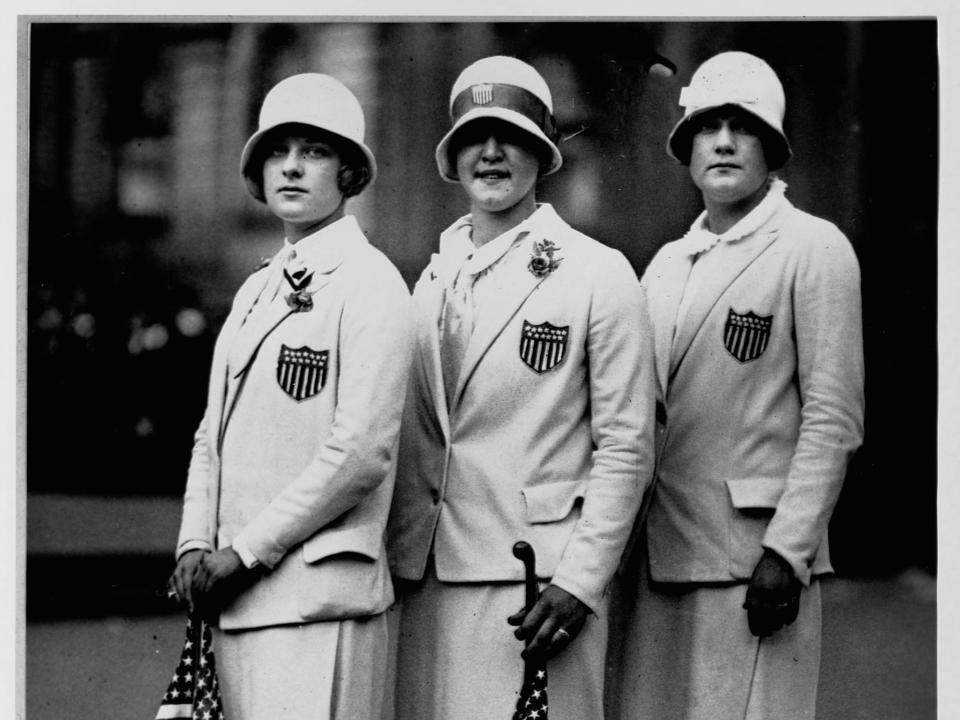
Women's swimming was the first aerobic sport accepted by the International Olympic Committee, and was first introduced at the 1912 Olympics in Stockholm. Pictured are US Olympic swimmers Aileen Riggin, Gertrude Ederle, and Helen Wainright.
Beauty standards can be seen through women's popular fashion at the time.

1920s female fashion was characterized by loose fabrics, lots of fringe, and glamorous jewelry and details. Short hair was also popular, as seen in the woman above.
Large brimmed hats with fringe and pearl necklaces were popular accessories among the wealthy.
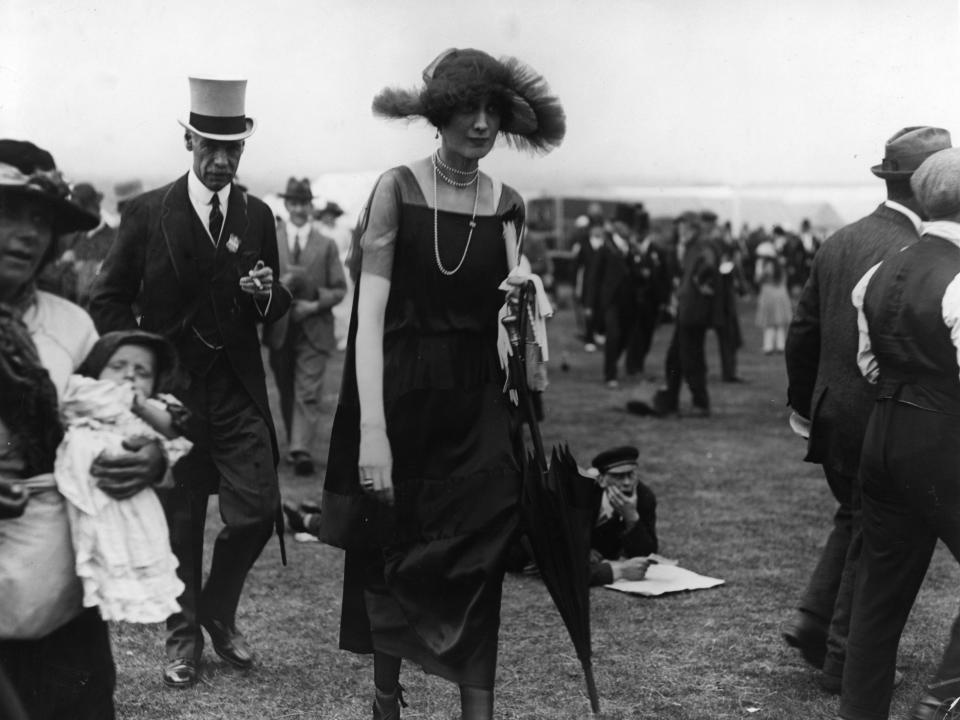
Long, straight skirts with low waists were the dominant style.
The loose skirts and dresses were very different from the constricting clothes of the previous decades, and were far more movable and comfortable.
Flappers and showgirls show another facet of 1920s female beauty.
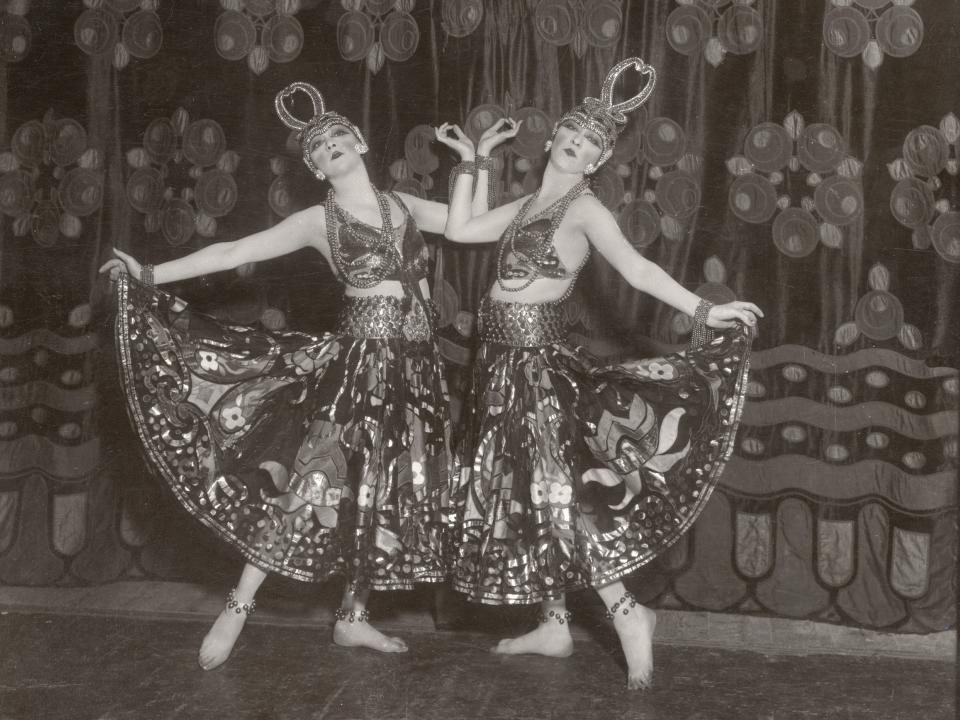
Art Deco style and Gatsby-esque outfits were also popular for 1920s women. Showgirls and Vaudeville performers would dress up in decadent velvet and satin dresses, with pearl and gem details throughout.
Fur coats and soft, form-fitting hats were also in style.
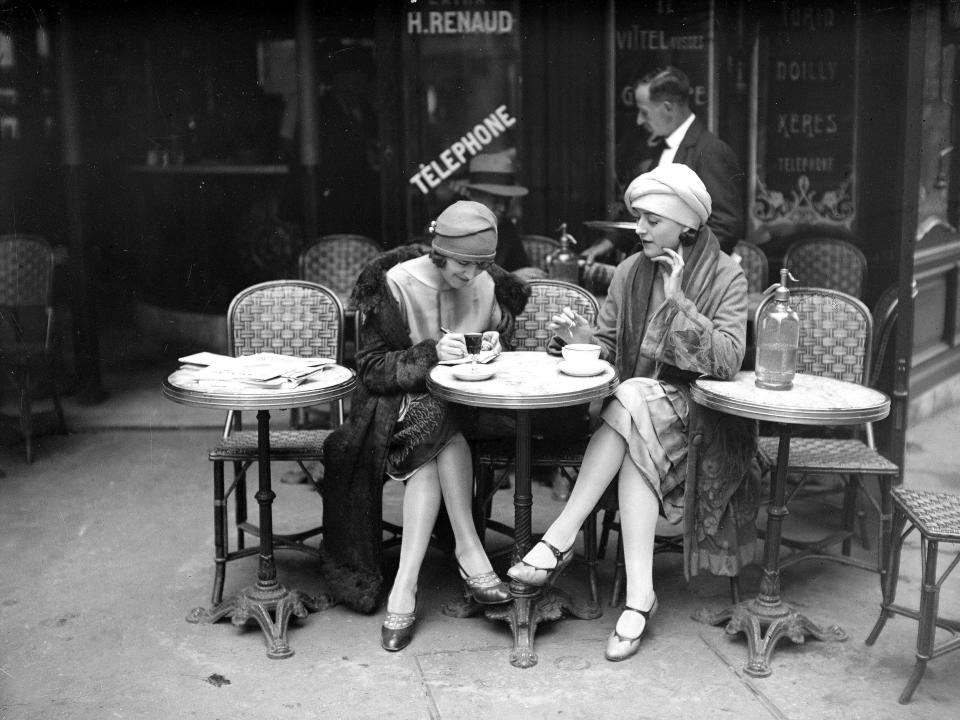
Though they were popularized 100 years ago, there are plenty of vintage outfits like these that are still trendy today.
Wedding dresses from the 1920s were inspired by the modern, shorter style.
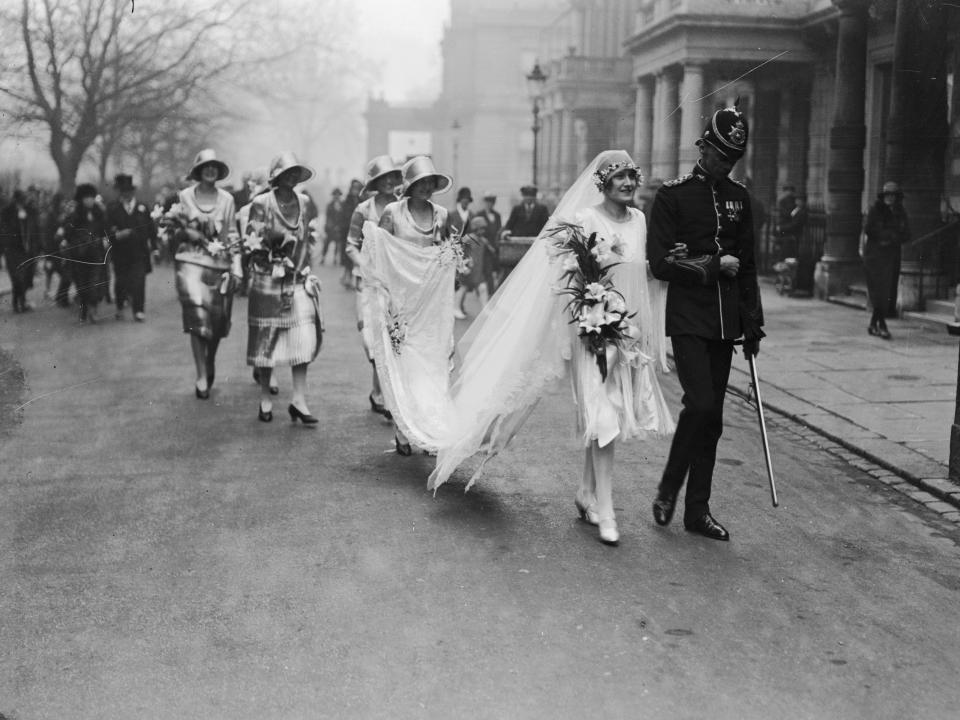
Wedding dresses followed the 1920s style: They were short, like the flapper dresses, with form-fitting bucket hats.
These brides and grooms gathered to get married on Christmas Day, which used to be a tradition.
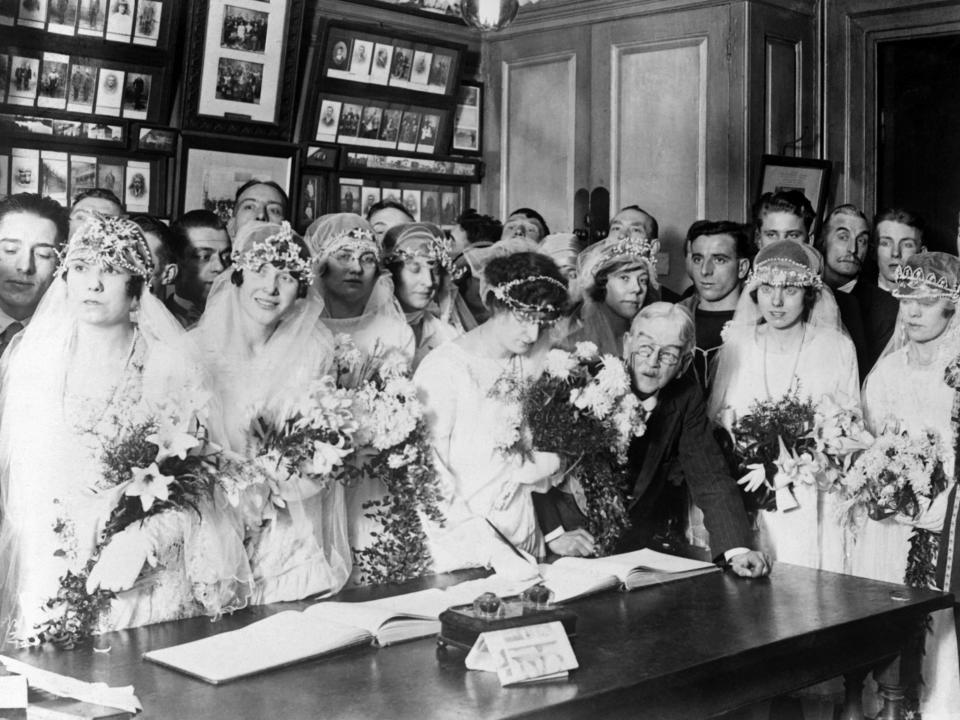
It used to be popular to have weddings on Christmas Day in Britain, as churches would hold nuptials for brides and grooms every year. It was often the only time that working class couples could get married, as they'd have Christmas and Boxing Day off.
But women also got dressed up for fun, as seen through these women and their Halloween costumes.
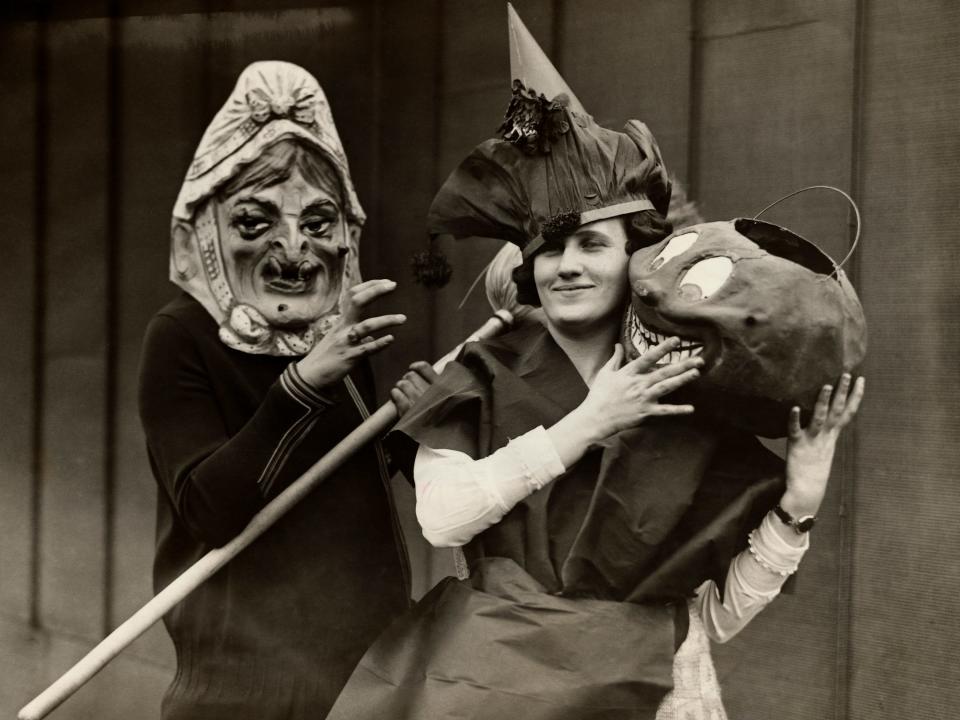
1920s Halloween costumes were more about inspiring fear than dressing up as celebrities and TV characters. Clowns, ghosts, and witches were all highly popular costume choices back then.
Read the original article on Insider

